Costa Rica, renowned for its unparalleled natural beauty and biodiversity, is a Central American jewel that beckons travelers with its lush rainforests, pristine beaches, and abundant wildlife. Often described as a paradise for nature enthusiasts and adventure seekers alike, Costa Rica is celebrated for its commitment to conservation and sustainable tourism.
The country’s stunning landscapes range from volcanoes and mountains to expansive coastlines, making it a must-visit destination for anyone seeking both relaxation and adventure.
Table of Contents
Geography
Costa Rica covers an area of approximately 51,100 square kilometers, making it one of the smaller countries in Central America. It is bordered by Nicaragua to the north, Panama to the southeast, the Caribbean Sea to the east, and the Pacific Ocean to the west. The country’s geographical diversity is remarkable, with coastal plains, high mountain ranges, and volcanic landscapes all contributing to its unique natural environment.
Costa Rica’s most prominent geographical features include the Central Mountain Range, which runs through the center of the country and is home to several active volcanoes. The Pacific coast is characterized by dramatic cliffs and sandy beaches, while the Caribbean coast features lush tropical rainforests and vibrant coral reefs. The country’s varied terrain supports a wide range of ecosystems, from cloud forests to mangroves, providing habitats for its rich biodiversity.
States of Costa Rica
| # | Province | Capital |
|---|---|---|
| 1 | San José | San José |
| 2 | Alajuela | Alajuela |
| 3 | Cartago | Cartago |
| 4 | Heredia | Heredia |
| 5 | Guanacaste | Liberia |
| 6 | Puntarenas | Puntarenas |
| 7 | Limón | Limón |
History
Costa Rica’s history is marked by a blend of indigenous cultures, Spanish colonization, and a commitment to democratic governance. Before the arrival of the Spanish in the 16th century, the region was inhabited by various indigenous groups, including the Chorotega, Bribri, and Cabécar peoples. Spanish explorers arrived in the early 1500s, leading to the establishment of settlements and the integration of Costa Rica into the Spanish Empire.
The country gained independence from Spain in 1821, joining the United Provinces of Central America before becoming a fully independent republic in 1838. Throughout the 19th and early 20th centuries, Costa Rica experienced periods of political and social change, including efforts to modernize its economy and infrastructure. A significant milestone in Costa Rican history was the abolition of the military in 1948, leading to a focus on education, health care, and economic development.
Costa Rica’s commitment to democracy and human rights has made it a stable and progressive nation in the region. The country is known for its high standard of living, emphasis on environmental conservation, and role as a leader in sustainable tourism and ecotourism. Its rich cultural heritage and democratic values continue to shape its identity as a peaceful and prosperous nation.
Top 10 Must-Visit Destinations
1. Arenal Volcano
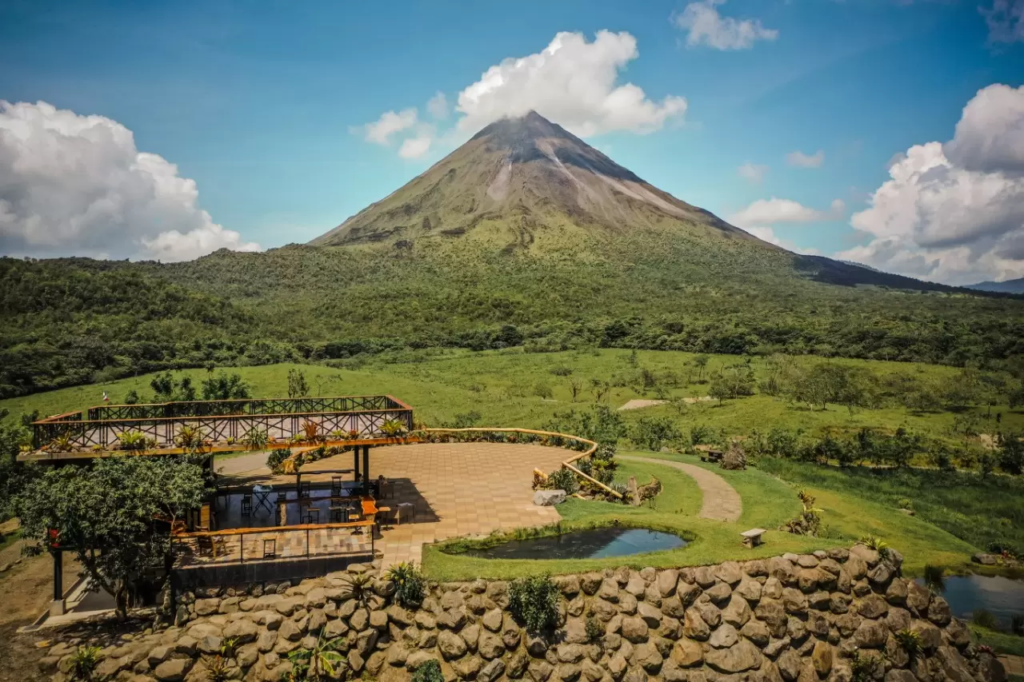
Arenal Volcano, one of Costa Rica’s most iconic landmarks, is located in the northern part of the country. The volcano is known for its almost perfect conical shape and its frequent eruptions, which have created a dramatic landscape of lava flows and volcanic rocks. Visitors can hike through the surrounding Arenal Volcano National Park, relax in nearby hot springs, or enjoy a range of adventure activities such as zip-lining and horseback riding.
2. Monteverde Cloud Forest Reserve
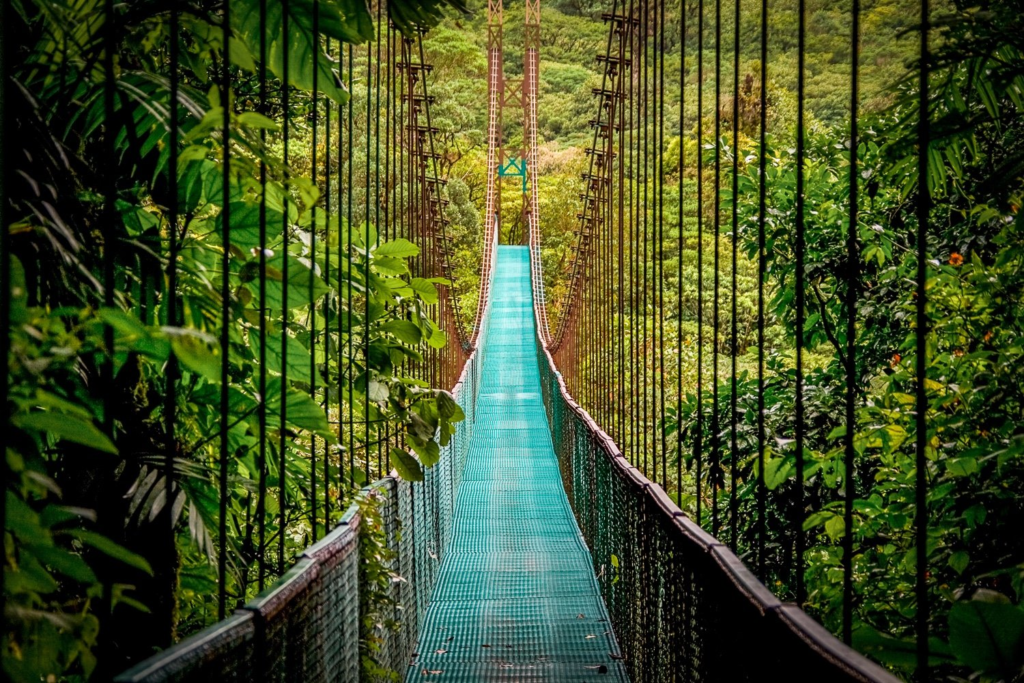
The Monteverde Cloud Forest Reserve is a lush, misty paradise in the mountainous region of Costa Rica. This unique ecosystem is home to a diverse range of flora and fauna, including rare bird species like the quetzal. Visitors can explore a network of walking trails and suspension bridges that offer breathtaking views of the forest canopy. The reserve is renowned for its conservation efforts and its role in protecting the region’s biodiversity.
3. Manuel Antonio National Park
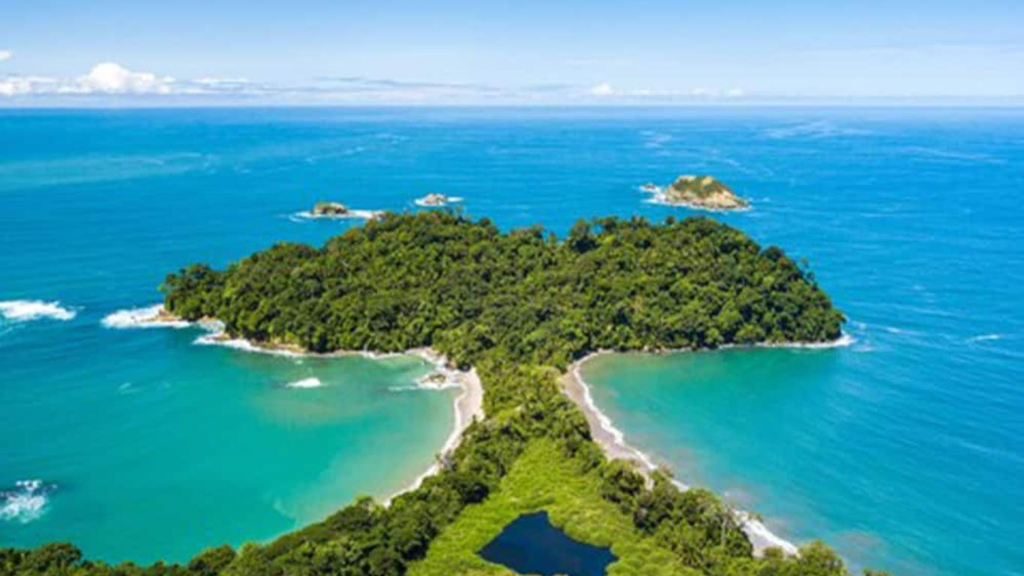
Manuel Antonio National Park, located on the Pacific coast, is renowned for its stunning beaches, lush rainforests, and diverse wildlife. The park’s pristine white-sand beaches are perfect for swimming and sunbathing, while its forested trails offer opportunities to spot monkeys, sloths, and colorful birds. The park is a popular destination for both relaxation and wildlife viewing, making it a must-visit for nature enthusiasts.
4. Tortuguero National Park
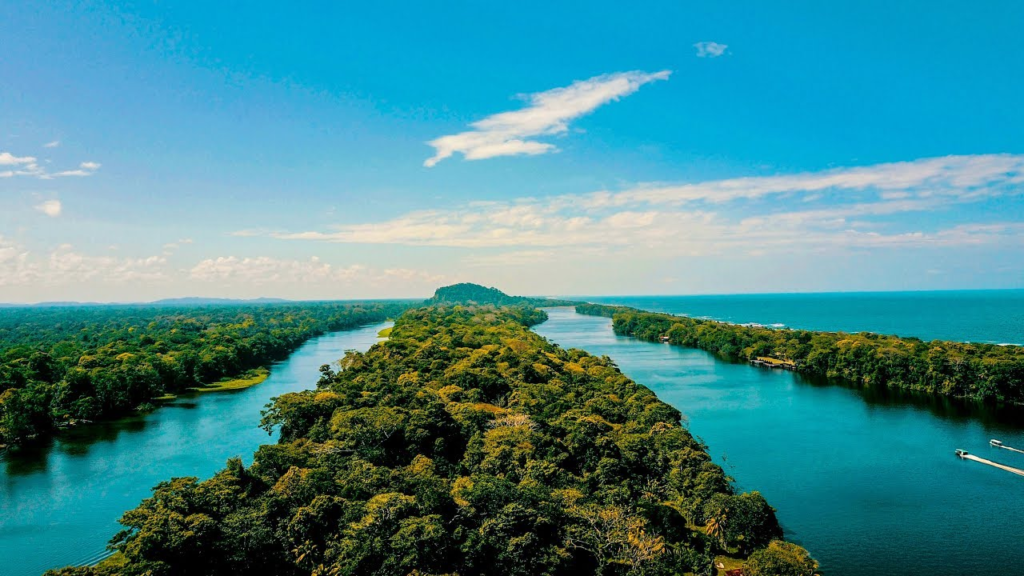
Tortuguero National Park, situated on the Caribbean coast, is famous for its role in sea turtle conservation. The park’s network of canals and waterways provides a unique way to explore its tropical rainforest and wetlands. Visitors can take boat tours to spot wildlife such as caimans, monkeys, and exotic birds. The park is also a key nesting site for several species of sea turtles, making it a significant destination for eco-tourism.
5. Corcovado National Park
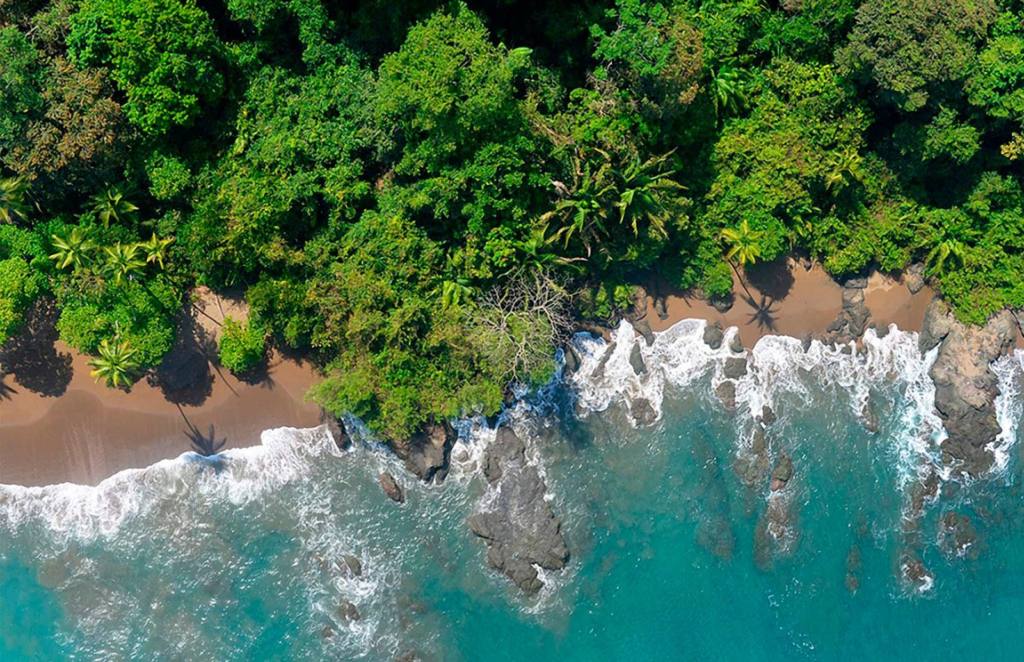
Corcovado National Park, located on the Osa Peninsula, is one of the most biodiverse places on the planet. The park’s remote location and varied habitats support an incredible range of wildlife, including jaguars, tapirs, and scarlet macaws. Visitors can embark on guided hikes through the rainforest, explore pristine beaches, and experience the park’s untouched natural beauty. Corcovado is a true gem for those seeking an immersive wildlife adventure.
6. San José
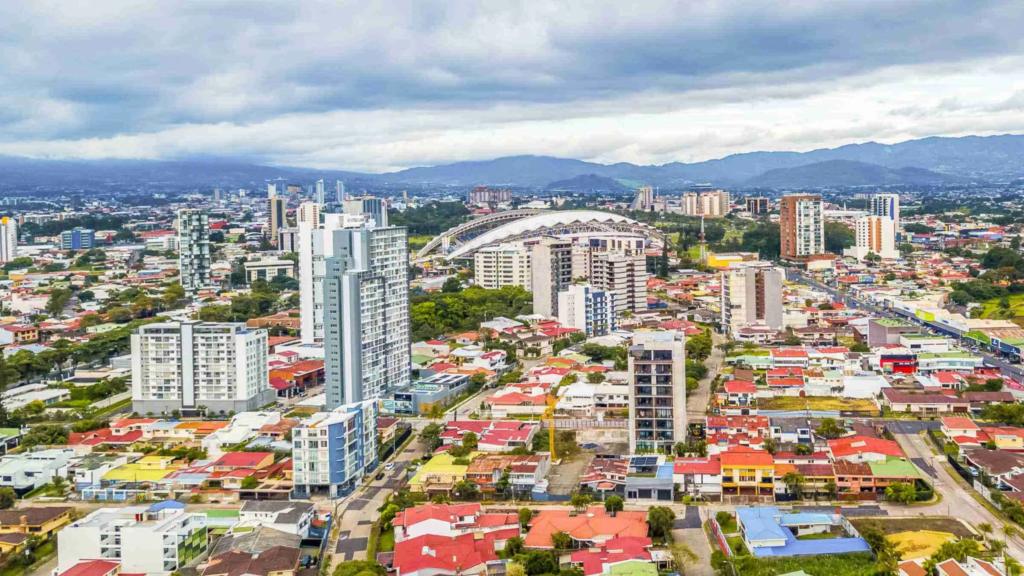
San José, the capital city of Costa Rica, offers a vibrant urban experience with a rich cultural and historical backdrop. The city is home to several important landmarks, including the National Museum, the Central Market, and the Teatro Nacional. San José serves as a gateway to many of Costa Rica’s natural attractions and provides visitors with opportunities to experience local cuisine, art, and culture.
7. Guanacaste
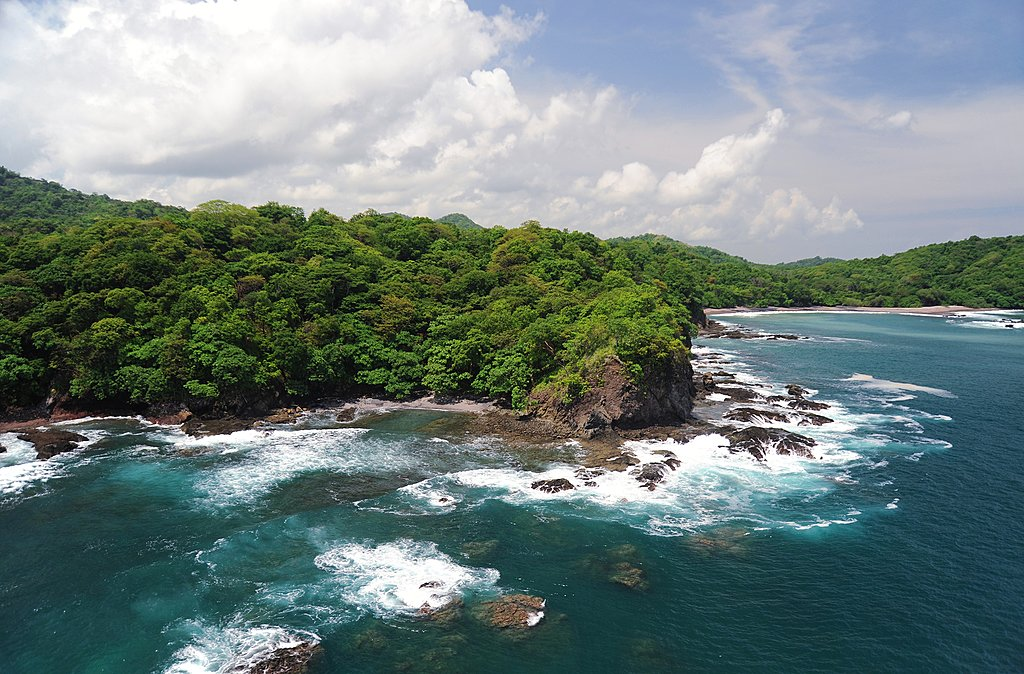
Guanacaste, located in the northwestern part of Costa Rica, is known for its beautiful beaches and excellent surfing conditions. The region’s dry tropical climate and stunning coastline make it a popular destination for beachgoers and water sports enthusiasts. Guanacaste is also home to several national parks and wildlife reserves, offering opportunities for hiking, birdwatching, and exploring the region’s natural beauty.
8. Poás Volcano
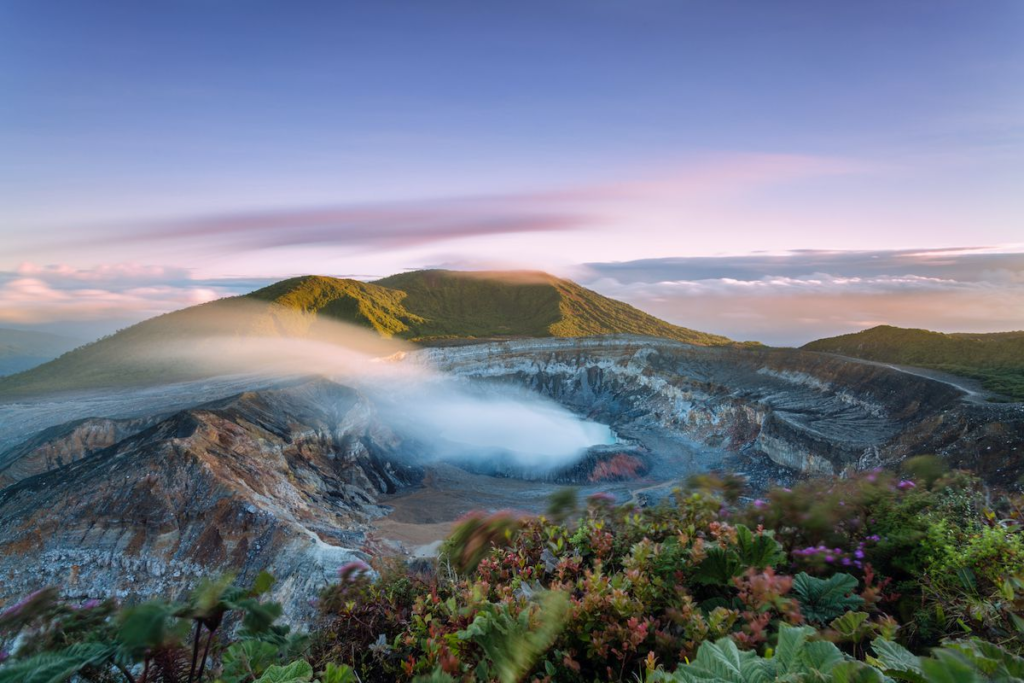
Poás Volcano, situated in the central highlands, is known for its impressive crater and geothermal activity. The volcano’s main crater contains a large acid lake, which is one of the largest in the world. Visitors can take a short hike to the crater’s edge for panoramic views and explore the surrounding trails that lead through cloud forests and past volcanic features.
9. Cahuita National Park

Cahuita National Park, located on the Caribbean coast, is renowned for its coral reefs and pristine beaches. The park’s snorkeling opportunities allow visitors to explore vibrant underwater ecosystems teeming with colorful fish and marine life. The park’s coastal trails offer opportunities to spot wildlife such as monkeys, sloths, and various bird species, making it a great destination for both marine and terrestrial wildlife enthusiasts.
10. Rincón de la Vieja National Park
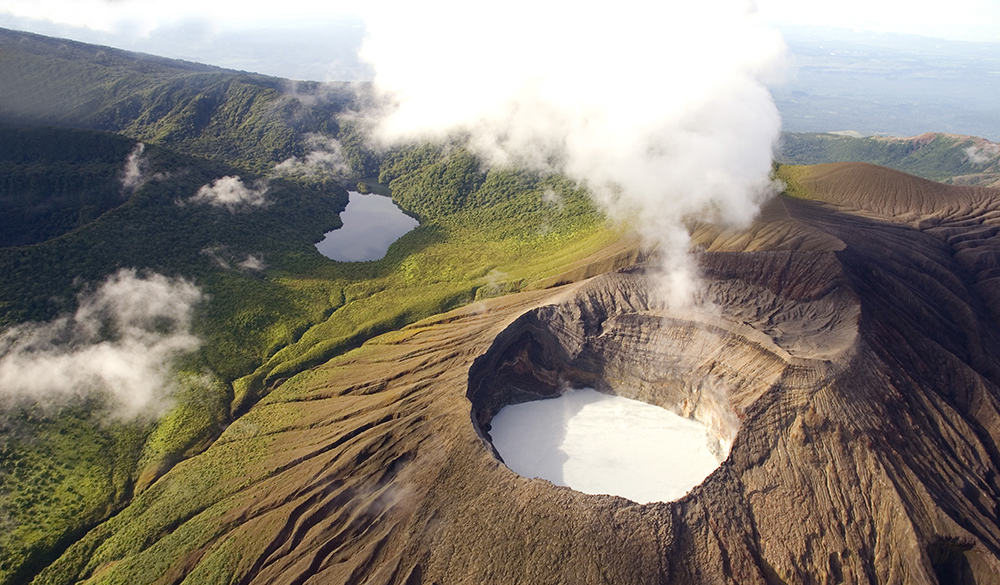
Rincón de la Vieja National Park, located in the Guanacaste region, features a diverse landscape of volcanic activity, hot springs, and lush rainforests. The park’s main attraction is the Rincón de la Vieja Volcano, which offers hiking trails leading to volcanic craters, mud pools, and geysers. Visitors can also enjoy the park’s natural hot springs and explore its rich biodiversity.
Culture
Costa Rica’s culture is a vibrant blend of indigenous heritage, Spanish influence, and Afro-Caribbean traditions. The country is known for its friendly and welcoming people, who take pride in their rich cultural heritage and strong sense of national identity. Spanish is the official language, but you will also hear indigenous languages and English, particularly in tourist areas.
Traditional Costa Rican cuisine is characterized by its use of fresh, locally sourced ingredients. Dishes such as gallo pinto (a flavorful mix of rice and beans), casado (a typical lunch plate with rice, beans, meat, and vegetables), and ceviche (marinated seafood) are staples of Costa Rican cuisine. The country’s culinary traditions reflect its agricultural heritage and diverse cultural influences.
Festivals
Costa Rica is known for its lively and colorful festivals, which celebrate everything from cultural traditions to natural phenomena. One of the most famous festivals is the Fiesta de los Diablitos, held in the town of San Isidro de El General. This festival features traditional dances, music, and elaborate costumes that depict the struggle between indigenous people and Spanish colonizers.
Another notable festival is the Carnival of Limón, which takes place in the city of Limón on the Caribbean coast. This vibrant celebration includes parades, music, dance, and a showcase of Afro-Caribbean culture, reflecting the diverse heritage of the region. Festivals like these highlight Costa Rica’s rich cultural tapestry and offer visitors a chance to experience the country’s traditions and celebrations firsthand.
Economy
Costa Rica’s economy is diverse and driven by a combination of agriculture, tourism, and technology. The country is a major exporter of agricultural products such as coffee, bananas, and pineapples, which are key components of its economy. Additionally, Costa Rica has developed a strong technology sector, attracting multinational companies and fostering innovation.
Tourism plays a crucial role in Costa Rica’s economy, with visitors drawn to the country’s natural beauty, wildlife, and eco-friendly practices. The government has invested in infrastructure and sustainable tourism initiatives to support the growing industry and ensure that the benefits of tourism are shared across the country.
Cuisine
Costa Rican cuisine is simple yet flavorful, with a focus on fresh, locally sourced ingredients. Staples of the diet include rice, beans, plantains, and a variety of fruits and vegetables. Gallo pinto, a mix of rice and beans seasoned with spices and herbs, is a beloved national dish often enjoyed at breakfast. Casado, a traditional lunch dish, includes rice, beans, meat, and vegetables, showcasing the country’s emphasis on balanced and nutritious meals.
Seafood is also an important part of Costa Rican cuisine, particularly along the coast. Dishes such as ceviche, made from fresh fish marinated in lime juice, and whole fried fish served with rice and plantains, highlight the country’s coastal flavors. Costa Rican cuisine reflects a blend of indigenous ingredients and Spanish culinary influences, creating a diverse and delicious food culture.
Top Eight Most Famous Food







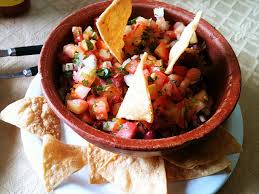
Interesting Facts
- Costa Rica is one of the world’s top destinations for ecotourism, with over 25% of its land area protected as national parks or reserves.
- The country has a high literacy rate and offers free, quality education to its citizens.
- Costa Rica’s official motto is “Pura Vida,” which translates to “pure life” and reflects the country’s laid-back and positive outlook on life.
- The country is home to more than 5% of the world’s biodiversity despite its small size.
- Costa Rica has no standing army and is known for its commitment to peace and stability.
- The Monteverde Cloud Forest Reserve is a key location for scientific research on biodiversity and conservation.
- Costa Rica’s government has pledged to become the first carbon-neutral country by 2050.
- The country boasts a high quality of life and is often ranked among the happiest countries in the world.
- Costa Rica has a diverse climate, ranging from tropical rainforests to dry tropical forests.
- The country’s natural hot springs are a popular attraction for visitors seeking relaxation and wellness experiences.
Conclusion
Costa Rica is a captivating destination that offers a rich tapestry of natural wonders, vibrant culture, and sustainable tourism practices. From its stunning volcanoes and lush rainforests to its lively festivals and diverse cuisine, Costa Rica provides a wealth of experiences for travelers seeking adventure, relaxation, and a deep connection with nature. The country’s commitment to environmental conservation and its warm, welcoming people make it a truly exceptional place to explore and enjoy.

